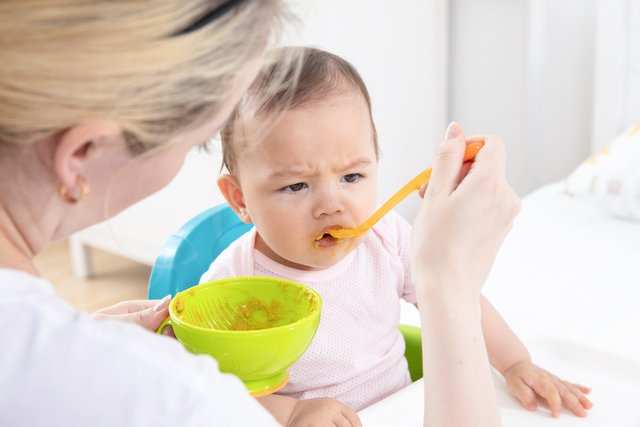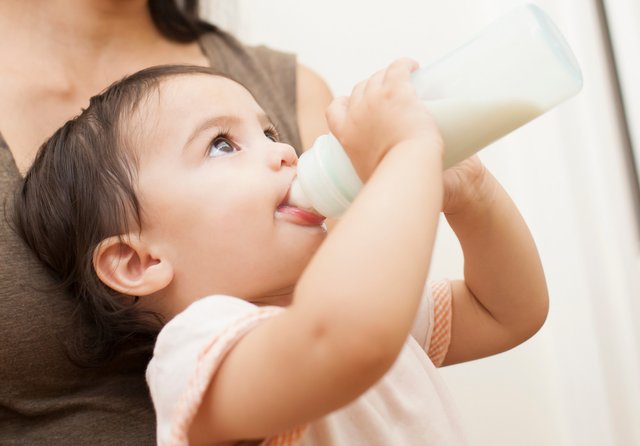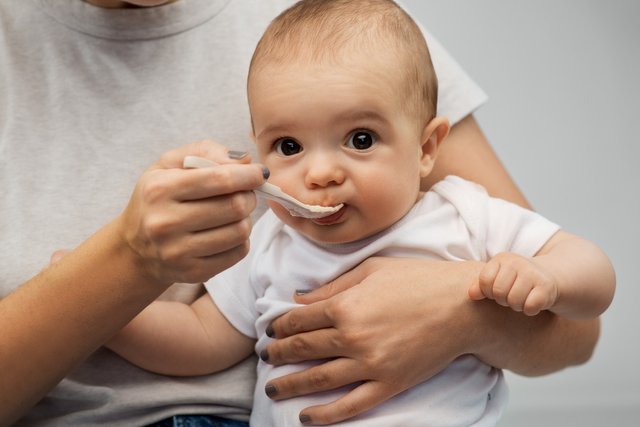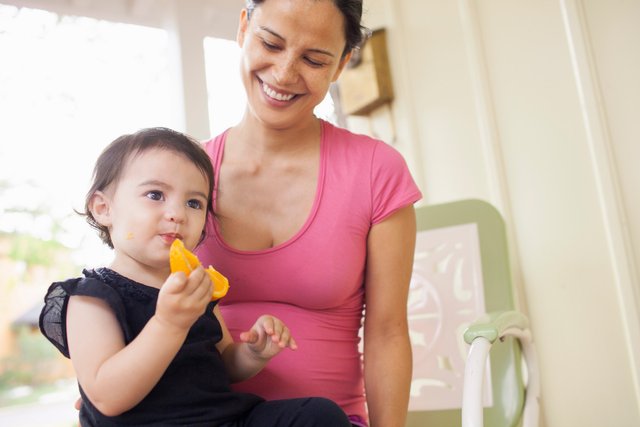How to train children to eat independently
It takes a lot of effort to raise a child. For some parents, it’s really to feed their children one bite at a time, while other parents are relatively easier, because they consciously cultivate their children to eat independently, so that their children can be healthy from an early age. Good food.
Good eating habits not only make it easier for parents, but also allow children to get balanced and reasonable nutrition. On the contrary, feeding and compulsive feeding not only make adults more tired, but may also cause obesity and other related nutritional problems in children. How to train children to eat independently?

Unlike adults, children’s mental, physical, or activity abilities are constantly developing and changing, and they have different physical characteristics at various stages. Therefore, the method of cultivating children to eat autonomously is not static, nor is it the earlier the better, but It needs to be carried out according to the child's own development law.
In the first 6 months of life, the children's limbs cannot support their independent eating by the motor ability, so they can only rely on the adult to bring the nipple or nipple to the mouth, and then rely on the primitive foraging reflex, sucking-swallowing reflex to complete eating. This age group also only needs breast milk or formula milk. When they are hungry, they will cry, and they will spit out nipples or pacifiers when they are full. Adults can realize on-demand feeding by observing these signals.

After 6 months, pure breast milk or formula milk can no longer fully meet the nutritional needs of children, and parents should start adding complementary foods to their children. At the same time, as the age of the month increases, children have gradually acquired a certain degree of exercise ability. Gradually, they can hold the bottle in both hands to drink milk by themselves, hold the finger food to the mouth, or hold the spoon to eat by themselves. Usually, after 8-9 months of age, children have enough ability to eat independently, and most of them will have the willingness to eat independently. This is a good time for parents to encourage and train their children to eat independently.
When encouraging autonomous eating, parents first need to provide their children with appropriate food. For children aged 8 to 9 months, finger food is an ideal choice to help learn to eat autonomously. We also need to provide children with appropriate tools based on their developmental characteristics. For example, when he can hold a cup by himself, let him try to drink water and milk by himself, and when he can hold a spoon by himself, we can give him Provide spoons and foods that are easy to scoop to try.
At the same time, parents should learn to control their own demons and not have too strong desire to control. Children have their own physical characteristics at different ages. Don't expect children to always do every step as adults expect and imagine. When a child first eats by himself, various situations may occur, such as making food all over the table, turning over water or milk, eating food all over the floor, dirty clothes, and falling out of bowls and spoons. , The table is messed up, the floor is dirty...

But you have to know that no one is born to do these things well. Everything needs a process. You can do it faster and better if you help him feed yourself, but if you do it all, the child will lose learning. chance. When a child does not do well at the beginning, parents can demonstrate and guide, as long as it does not endanger the child's health and safety, they don't need to care too much.
In terms of eating habits, children also have their own characteristics. For example, their appetite is not as big as an adult, they only eat certain foods they like, they are unwilling to try new foods, they are inattentive, and they are more active. Parents should follow their children’s characteristics. guide.
Some parents may notice that their children refuse to eat at home, but go to restaurants but eat well. Sometimes they don’t eat vegetables at home, but are happy to eat them outside. In this case, parents should reflect on whether the children really eat. For the picky eaters, the food varieties and patterns you make are not rich enough. Don't make the meals unpalatable by yourself, and blame the child for not eating and forcing him to eat.
Older children can also involve them in food production, allowing them to do things within their power, such as choosing vegetables, washing vegetables, etc. They may not be able to help much, but they may feel more fulfilled if they participate. Interested in eating foods that I participate in processing.

In the early childhood stage, children are naturally curious and like activities. They can sit on a high chair to eat, and do not give toys, watch mobile phones or TV when eating. Parents’ habits can easily affect their children’s eating habits. Adults should set an example. , Don’t be picky eaters, don’t have a partial eclipse, sit at the table to eat, don’t play with mobile phones, talk and laugh while eating.
At the same time, family members should also learn common sense of parenting together. For example, let the elderly read this article together, but it is best to let the most reliable member of the family take control of the overall situation, otherwise different members have inconsistent ways of coping with the child, which may make the child at a loss. It will also wipe out the efforts of other members.
It may take adults some effort to develop the habit of self-eating in the short term, but once the habit is formed, adults will be much easier and children will benefit for life. Of course, not all children with picky eaters, partial eclipses, and feeding difficulties are adults’ problems. A small number of children do have mental, psychological, and gastrointestinal problems. If the child’s growth and development curve is abnormal, it is better to see a doctor. See a doctor.
Thank for sharing such a beautiful post @gulbanu